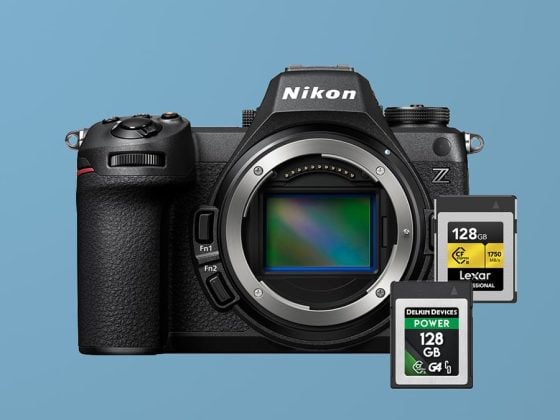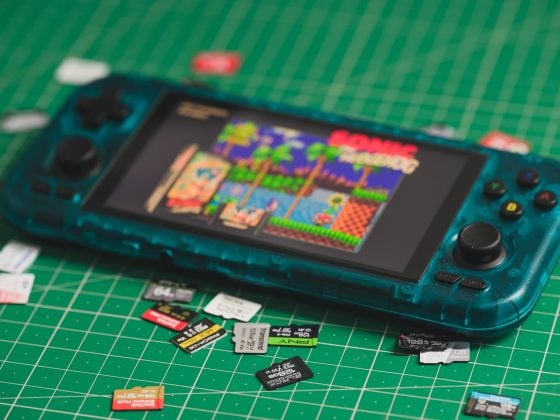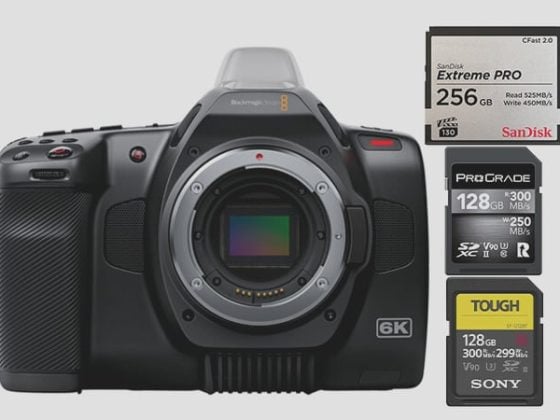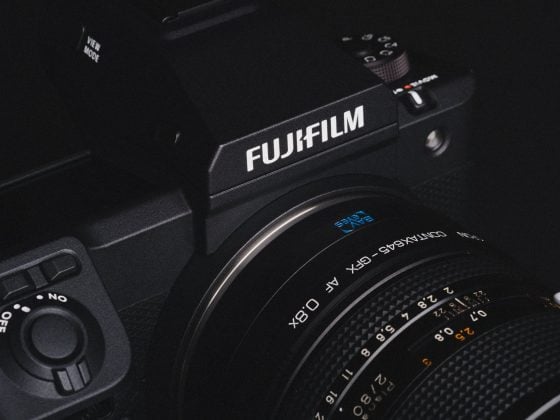A speed comparison between all the most popular SD and CF memory cards taken in the Nikon D810.
Use this guide to find the best memory cards for your style of shooting.
Fastest Memory Card Nikon D810 – SD vs CF Comparison
Comparison between CF (Compact Flash) and SD cards in the Nikon D810.

Best CF Memory Cards For the Nikon D800, D800E & D810
One thing I immediately noticed with the D810 is that there is a bottleneck when it comes to write speeds. I’ve seen all of these cards perform much faster in the Canon 7DII and I think this has to do with the way the Nikon processes the RAW images. It will process the shot then write to buffer then to card, before starting processing the next image. This causes a delay in writing and ultimately slows down the write speeds significantly. I’m not sure if the Expeed 4 image processor is dual core or dual processor, but the Canon 7DII was faster I think because of the multitasking.
However, the write speeds in the D810 were still very fast and you should use this guide to help find the fastest card for your camera.
Fastest CF Cards For The Nikon D810
The difference of a few MB/s won’t be noticeable in real-world shooting and most of the top cards from each brand performed about the same.
SanDisk 64GB Extreme Pro CF Memory Card – B&H
Lexar 64GB Professional 1066x CF Memory Card – B&H
Best SD Memory Cards For The Nikon D800, D800E & D810
There is no issue with running a single SD memory card configuration in the Nikon D810, and if you’re just shooting casually, or you’re a landscape photographer and don’t need fast read times, this might be a good choice for you.
If you’re using the SD card slot as a backup or overflow, then it will be important to get the fastest card you can.
Sandisk Extreme Pro UHS-I 128GB SD Card
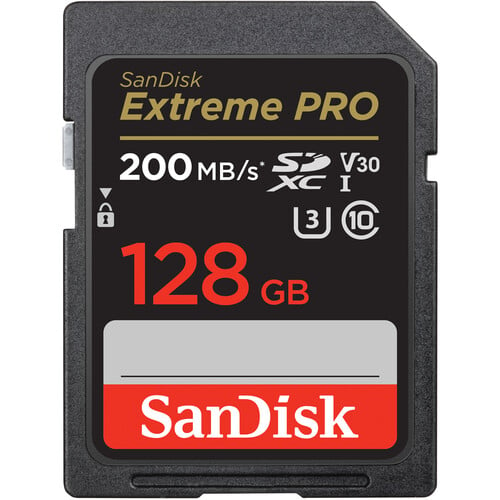
The Sandisk Extreme Pro UHS-I SDXC Memory Card at 128GB is rated with a 90MB/s write speed. The 256GB and larger cards are rated at 140MB/s.
Rated Write Speed: 90MB/s
Rated Read Speed: 200MB/s
Rated Sustain: 30MB/s
Kingston CanvasGo! Plus UHS-I 128GB SD Card
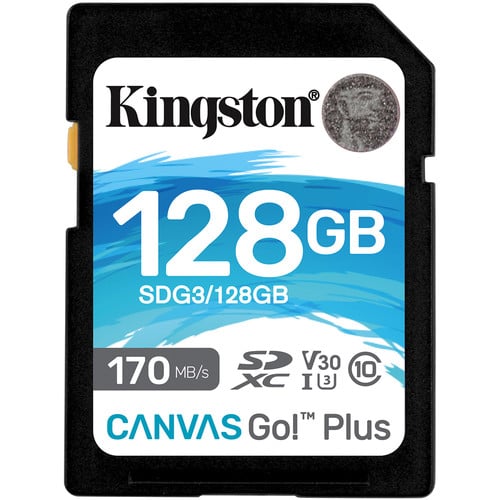
Kingston CanvasGo! Plus SDXC UHS-I SD cards 128GB or higher have a rated write speed of 90MB/s and a rated read speed of 170MB/s.
Rated Write Speed: 90MB/s
Rated Read Speed: 170MB/s
Rated Sustain: 30MB/s
Should You Use UHS-II Memory Cards?
If you need fast write speeds to your computer, UHS-II cards aren’t a bad idea. However, the Nikon D810 does not have UHS-II support and you will gain no performance in the camera.
Choosing Which Memory Card Slot To Use
You can choose between using the SD Memory Card Slot as the primary slot, or you can choose the CF card slot as the primary. With a few cool options.
Overflow – where once your primary is filled it will write to the secondary.
Backup – will mirror your primary card.
RAW+JPEG – RAW primary JPEG secondary. Useful for wedding shooters who want to give clients quick reference files.
SD UHS-I or Class 10-rated cards
The Nikon D810, D800, and D800E only have a UHS-1 interface so no reason to ever buy a UHS-II card for this camera.
Using CF Cards In The Nikon D810
CF cards I’ve noticed are a little less forgiving than SD cards. With CF you get what you pay for and buying the cheap cards without running them through serious tests can be risky.
If you need speed and stability go with top brand CF cards. Although they will hurt your wallet.
UMDA And Its Speeds
UMDA stands for Ultra Direct Memory Access with 7 different modes all with different timings.
UDMA 7 support speeds up to 167MB/s
At this stage in the game, you should really be buying UDMA 7 cards. Mainly because of the technology that comes built into them which your camera may or may not take advantage of such as (temperature recording, 32 MB block transfers, video performance guarantees, 48-bit addressing, power enhancements, the list goes on).
Best Memory Card Nikon D810 Conclusion
Although CF cards are much faster than SD cards in the Nikon D810, they aren’t necessarily going to be for everyone. If you don’t do a lot of continuous shooting and don’t find yourself in fast-paced shooting situations, then SD cards might be more practical for you because they are a lot less expensive. However, if you do need as much speed as possible, CF cards are going to give you a significant boost to performance speeds.
If you shoot using both cards and need backup or overflow, then you’re going to have to use both types of cards and you’ll want to make sure that you get a CF that performs well but also the fastest SD card you can get your hands on.
| **This website contains affiliate links. We will earn a small commission on purchases made through these links. Some of the links used in these articles will direct you to Amazon. As an Amazon Associate, I earn from qualifying purchases. |

